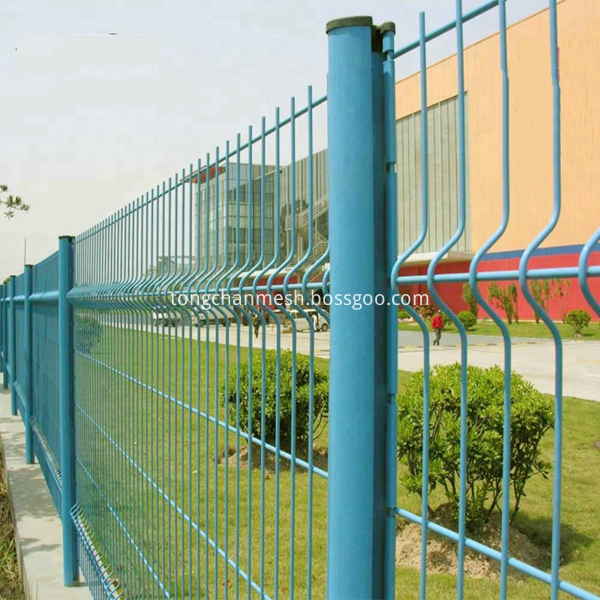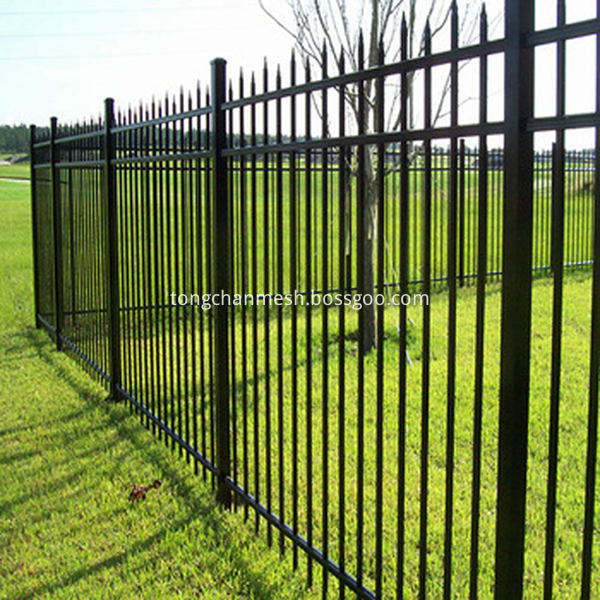Garlic has become a very important condiment in people's lives. Although eating garlic will have bad breath, people who eat garlic are still increasing. Garlic has a strong bactericidal ability to eliminate germs that invade the body. It also helps in the absorption of vitamin B1, promotes the metabolism of sugars to produce energy, and relieves fatigue. 1. Pendimethalin + oxyfluorfen Mixed use characteristics: The two mechanisms of action are different. Mixed use has synergistic effect, which can expand the spectrum of killing grass, but it may also aggravate the phytotoxicity of crops. The symptom is the contact plaque of oxyfluorfen. Proportioning amount: oxyfluorfen 3-8 g / mu + pendimethalin 30-50 g / mu. Precautions: Spotted phytotoxicity may occur in the rain after application of the crop after germination. Generally, it will gradually recover with growth. It is forbidden to use drugs after crops. 2. Fucaojing + dipentazone Mixed characteristics: the combination of the two can expand the spectrum of killing grass, improve the control effect on weeds, and improve crop safety. Proportioning amount: 30-35 g/mu + pentylene 45-60 g/mu. 3. Fucaojing + Zhong Dingling Mixed characteristics: the combination of the two can expand the spectrum of killing grass, improve the control effect on weeds, and improve crop safety. Proportioning dosage: 30-35 g/mu of chlorpyrifos + 80-100 g/mu of zhongdingling. Note: Apply the soil after leveling and thinning. The pharmacodynamic effect of the drug has a great relationship with the soil. When the sensation is good, the drug effect is good, the soil drought effect is not good, and it is best to apply the drug after watering in the drought. Mix the soil immediately after application, otherwise the herbicidal effect will be reduced. The longer the interval between the soils after application, the worse the effect. Mix the soil no more than 4-5 cm. 4. Acetochlor + oxacillin Mixed use characteristics: oxaloquinone is a selective pre-emergence post-emergence soil treatment agent for soil treatment, which can prevent a variety of annual weeds, and has outstanding effects on various broad-leaved weeds. Weeds self-germination to 2-3 leaf stage They are all sensitive to the drug, but the application effect is best when the weeds are germinated. The combination of the two has a good complementarity, and the mixed use can significantly increase the object of killing grass, expand the spectrum of killing grass, and improve the herbicidal effect. Proportioning amount: acetochlor 60-75 g / acre + oxaloin 18-24 g / mu. Control object: It can effectively prevent a variety of annual grasses and broadleaf weeds, and prevent pests against goosegrass, maiden, valerian, yarrow, big nest, purslane, amaranth, and swine fever. prominent. Precautions: When applying the medicine, it should be carried out under good lyric conditions. When used, the soil is dry and herbicidal. However, it is easy to cause phytotoxicity to crops when it is rained or irrigated, and the soil moisture is high, especially in sand land application. The risk of phytotoxicity is greater. After the garlic emerged, it was exposed to heavy rain. The raindrops rushed to the lower leaves of the garlic, causing spotted phytotoxicity on the leaves. The leaves were dehydrated and died. Although it did not affect the upper leaves and heart leaves, it affected the leaf speed and strong seedling formation. 5. Acetochlor + oxyfluorfen Mixed characteristics: acetochlor has relatively poor control effect on broad-leaved weeds, and has a worse effect on purslane and shovel. The effect of oxyfluorfen on broadleaf weeds is more prominent, but the safety is poor. If the application rate is too large or the field humidity is high after application, it is easy to produce spotted phytotoxicity. The combination of the two can expand the spectrum of killing grass, improve the control effect of purslane, iron scorpion, scorpion, wild peppermint, barley, and comfrey, and have significant synergistic effect on the control of various weeds. . The combination of the two is an ideal closed herbicide , effective for a variety of weeds, and has a long shelf life. Proportioning amount: acetochlor 50-75 g / mu + oxyfluorfen 4.8-9.6 g / mu. Note: Before use in garlic buds, there is a small number of leaves causing small white spot burns when there is rainfall in the field or when the field humidity is high. There is no effect on the growth of garlic, but the dosage should be strictly controlled, and the dosage should not be increased arbitrarily. Representative products: dry grass spirit (42% ethyl ethoxylate) 42% ethyl ethoxylate can be used as a soil treatment or as a post-emergence spray. Open field cultivation of garlic can be applied from the time of emergence after sowing and during the growth period after the 1-2 leaf stage. The optimum application period is when garlic begins to sporulate. Use 80% of ethyl acetoacetate per acre, 90-100 ml, and 40-43 liters of water. In addition to the weeds that can be removed by oxyfluorfen (gore), weeds can also be used to prevent weeds. The application period is low in the early dose, and after the 2-leaf period, because of the large amount of weeds, the high dose is used. The spraying should be carried out on a sunny day. When the temperature is high and dry, it should be sprayed in the evening to avoid the sun exposure and the loss of the herbicide. The weeds that have emerged are usually killed 2-3 days after spraying 42% ethyl ethoxylate. If the weeds have not been killed within 4-5 days, it means 42% B · ethoxy The cream is not effective for it. For the weeds before germination, 42% B-ethoxy emulsifiable concentrate has a longer potency period. When the soil moisture is suitable, it can reach more than 140 days. If the soil is dry, the efficacy period is only 60-90 days. After applying 42% ethyl ethoxylate for 1 day, if it is small to moderate rain, it is not necessary to re-spray; if it is raining within 1 day after spraying, the leaf liquid will be washed away and should be stopped in the rain. After the spray, the concentration of the drug solution is half of the original concentration. The mulching film covers the cultivated garlic. After the garlic is finished, the water is poured. After the water is infiltrated, 42% ethyl ethoxylate emulsifiable concentrate is sprayed, and 42-5% ethyl ethoxylate emulsifiable concentrate is used in 55-75 ml per acre, and 40-50 liters of water is applied. Cover the membrane 2-3 hours after spraying. In case of heavy rain after application, drain immediately to prevent stagnant water from flowing into the membrane to prevent the temperature from suddenly rising after the weather will damage the garlic. 6. Pendimethalin + metolachlor + oxyfluorfen Metolachlor is a closed herbicide that can be used to seal the ground before the seedling; the pendimethalin kills the double effect, kills a variety of weeds, has special effects on the sorghum and cattle sorghum; oxyfluorfen is the contact Herbicides are complementary to amide herbicides. Ternary compounding, killing grass and broad spectrum. The residual period of the drug is generally 30-35 days, so it is necessary to combine artificial or other weeding measures in one application to effectively control the weeds in the whole growth period of the crop. More pesticide knowledge , please pay attention to China Pesticide Network
Metal Mesh fence structure is weaved or welded by low carbon steel wire, metal steel tube, or expended mesh with pvc coacted and fixed by the linking accessories and steel pipe. The Fence Netting has the feature of high strength, good steel natural capacity, wonderful shape, wild field of vision, The metal fence is very popular with projects of highway, railway, airport and other residential area.
Fence Netting Fence Netting, Deer Fence, Welded Wire Fence,Windbreak Fence, Airport Fence,Steel Fibric Fence Hebei TongChan Imp.&Exp.Co., Ltd. , https://www.tongchanmesh.com
